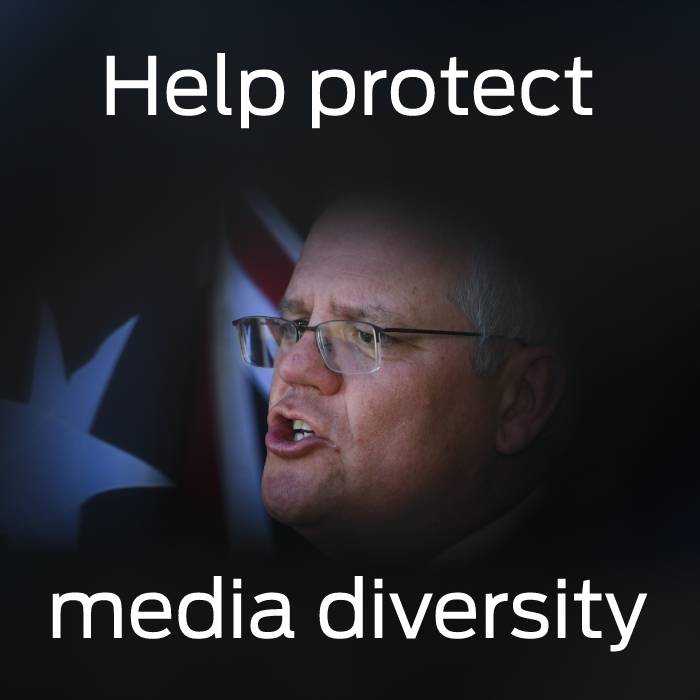Phoebe McInerney grew up dancing every minute she had spare. Classically trained, she turned her hand – or feet – to any discipline that she could fit into her schedule.
Which is what might make her career as a palaeontologist studying the skulls of prehistoric birds appear a little out-of-left-field.
A degree in physiotherapy was quickly swapped for biological sciences once she realised how much she enjoyed studying the anatomy and physiology of animals, rather than humans.
And from there, it was a hop-skip-and-a-jump before she ended up a palaeontology PhD candidate.
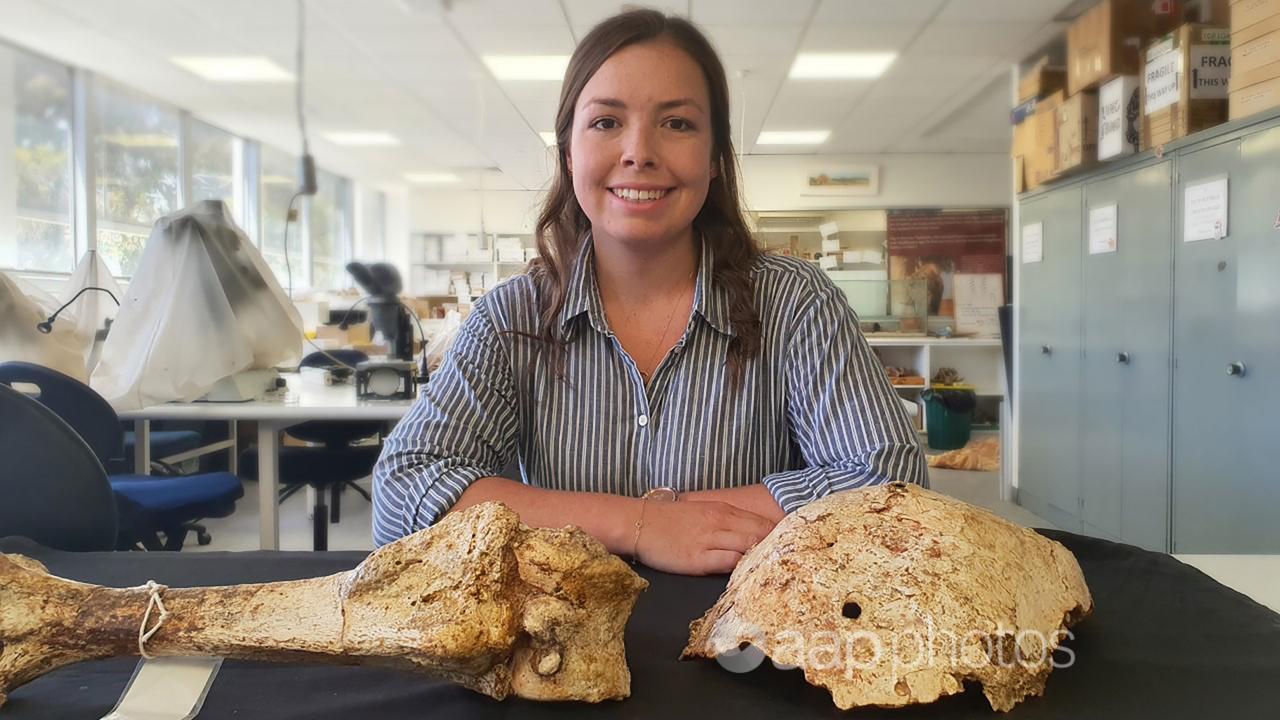
“I really fell into it, more than a lot of people would think,” Ms McInerney, 29, tells AAP.
“I followed any opportunity I could get and ended up researching bird skulls.
“I’m pretty happy with the end product but how I got there was a bit of a mess,” she adds, laughing.
She would never have expected to land where she did and might not have but for a school trip.
“My family went on holidays, as you do, but none of it was particularly adventurous or super outdoorsy,” she says.
“It wasn’t until I had the opportunity to go camping in high school that I realised I absolutely loved the environment and looking at how things adapt and evolve.
“I spent most of my time growing up dancing instead.”
Ms McInerney, who works in the government as she completes her PhD at Flinder’s University in Adelaide, is one of a growing number of female palaeontologists rising through the ranks of what has traditionally been a very male dominated field of research.
In days gone by, growing up to get a job digging up dinosaurs was considered a dream of young boys, but women are fast busting this myth, like fellow palaeontologist Adele Pentland who works at Australian Age of Dinosaurs Museum of Natural History in Winton, Queensland.
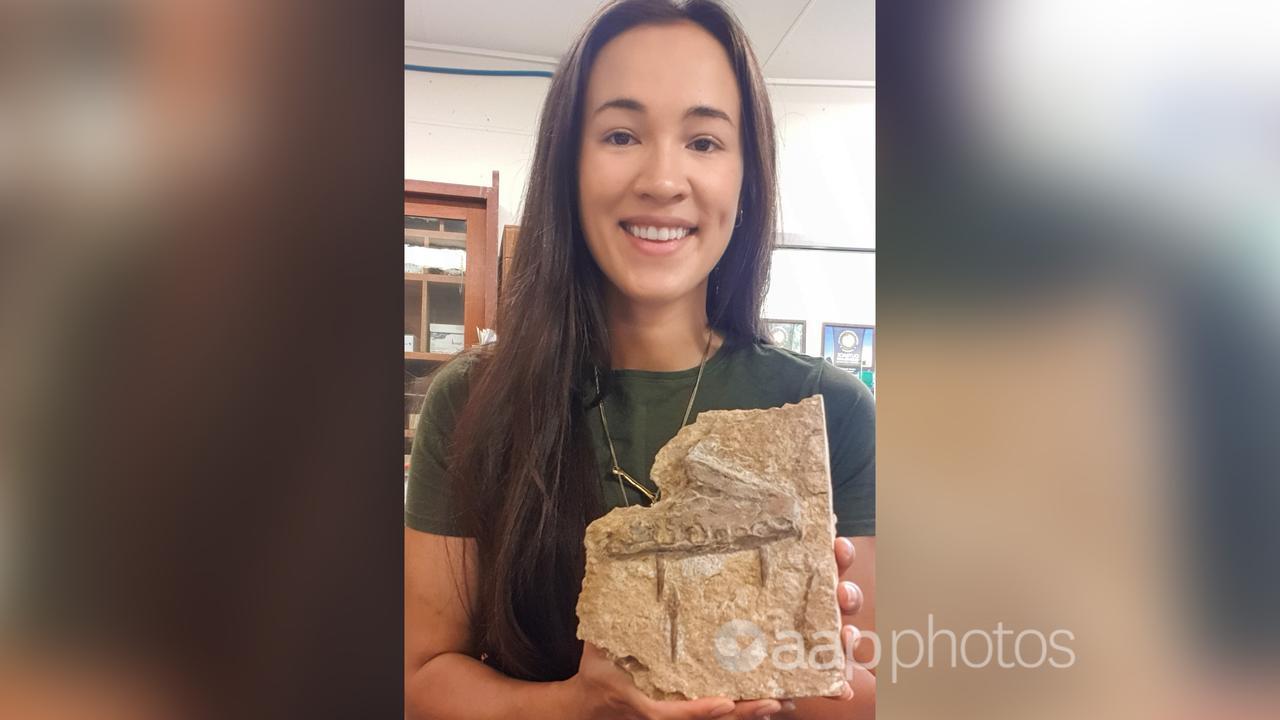
“I had an unexpected email a few months ago. A young girl wanted to draw my portrait for the kids section of the Archibald Prize, the Young Archies,” Ms Pentland tells AAP.
“It was really humbling to hear from her parents that ‘she wants to be a palaeontologist and we’ve been telling her about the work you’ve been doing’.
“Generationally, it’s changing.
“If you walk through kids clothing (at a shopping centre) you’ll find more stuff for little girls that have dinosaurs than there was when I was young.”
Ms Pentland says the job entails a fair bit of time in the office working on a computer but the fieldwork makes it worth it.
“Getting out there, digging up dinosaur bones, being the first person to see that stuff … those moments, there’s just nothing like them,” she says.
“When I know that we haven’t seen anything like that fossil before, I really can’t contain myself.”
At 30, Ms Pentland has already made two significant discoveries of two new species of pterosaur: Ferrodraco lentoni in 2019 and Haliskia peterseni earlier this year.
“To be a current PhD student and have the opportunity to name two is quite incredible really,” she says. (Even the first was inadvertently similar to a Minecraft character, she adds.)
“I like a good pop culture reference,” she laughs, expanding that the naming process is complicated and has lots of rules.
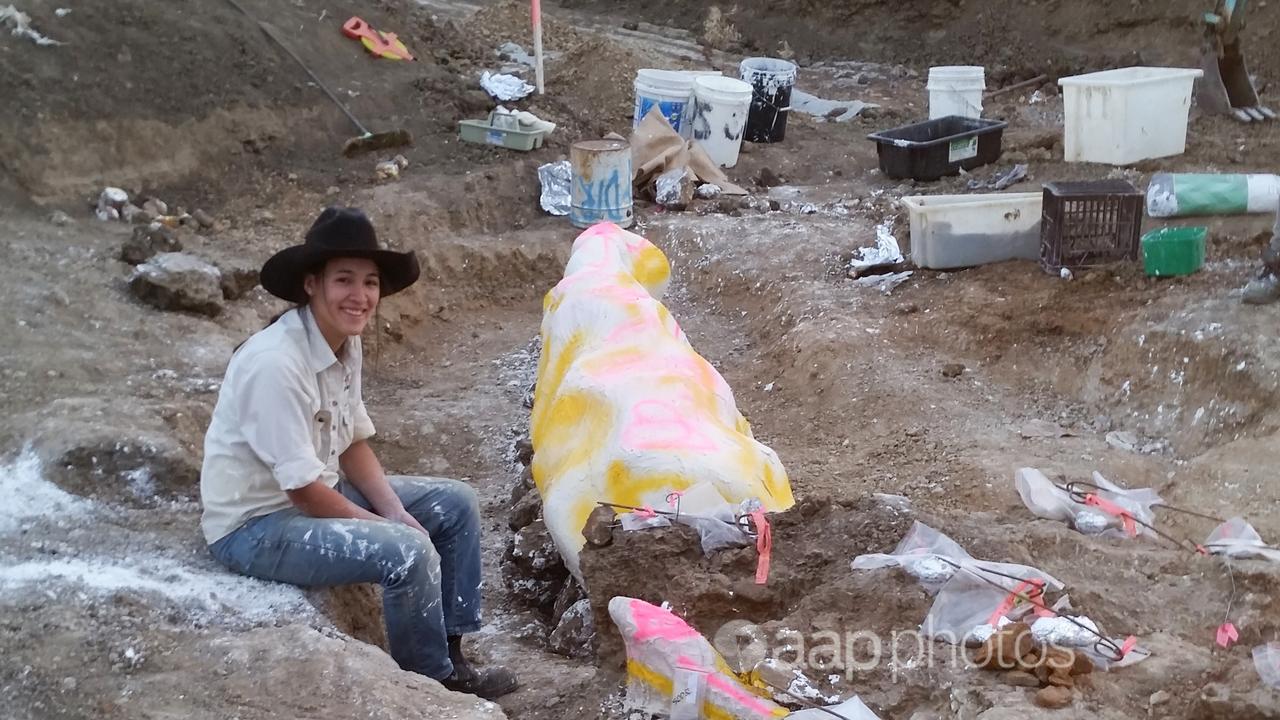
She may not have grown up playing with dinosaurs but when nine-year-old Eleanor Beidatsch picked up a CD-Rom with information about four-legged, land-dwelling prehistoric whales and dolphins – instead of her intended computer game – her fate was sealed.
Wheelchair-bound with spinal muscular atrophy (SMA) type 1, Ms Beidatch, now 30, has never let her disability stop her pursuing her ambitions.
“But I don’t do much field work, I am more of a lab rat,” she laughs.
Last month she graduated with first-class honours in geoscience at the University of New England after completing a specially-modified remote-learning course from her home in Mount Barker, Western Australia.
She has now signed up for her PhD with a view to specialising in marine palaeontology.
“When I was a kid, I possibly didn’t think that much about if it was unusual or not,” she says, of her desire to pursue this career from from such a young age.
“I just knew it was what I really wanted to be doing.”
It was only as she grew older and saw other people’s reactions that she realised it was unusual and she experienced both sexism and ableism, she says.
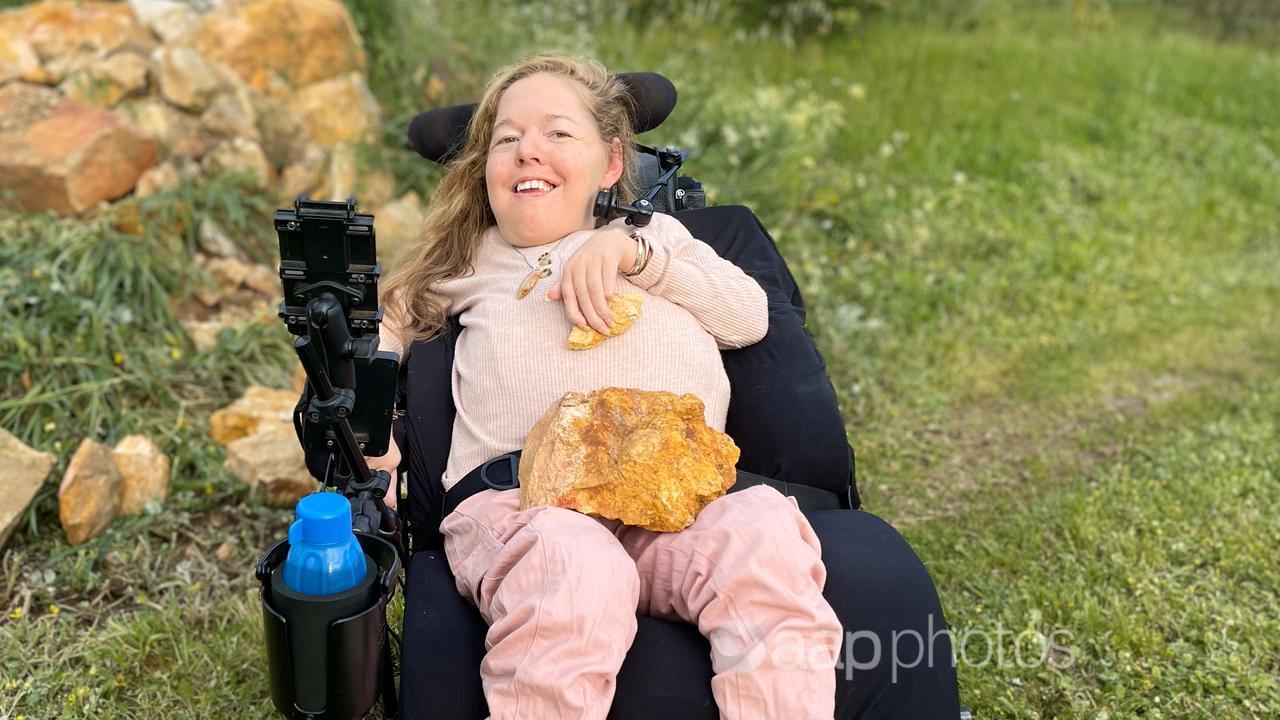
“I have faced more hurdles than I would have if she were an able bodied man in the field,” she says.
“They look at you and they’re like, ‘well, you can’t really be serious … because you’re in a wheelchair.
“It’s amazing how often the first thought people have is ‘aren’t you going to be dead soon?'”
Australia has a wealth of fossil localities and a diverse range of specimens to be “dug into”, says Ms McInerney.
But things need to change to make the gender disparity less pronounced.
“One hundred per cent it is still very male dominated,” she says.
“Most of the academics in our lab are male, most of the people coming through the labs are male. There was a report that came out late last year about the types of people that got more (government funding) and it was predominantly white males.
“There’s a financial gap and a position gap – you don’t often see women running their own lab.”
There are also issues in the university and science systems in supporting women through motherhood and maternity leave.





